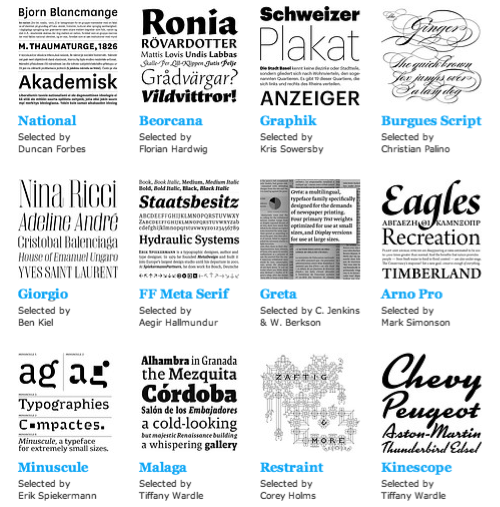Part of my job involves developing websites in multiple languages, and earlier this week the decision was made to produce an arabic version of a particular very flash-heavy website we did. It’s going to be an interesting challenge, as the website in question is one of those that emulates the action of turning pages in a book (needless to say it’s a pure marketing ‘teaser’ style website) and so the entire site will need to be reconfigured to right-to-left reading and page turning. Anyway, those are fairly straightforward technical details and shouldn’t take too long. What really occupies my time is selecting a new typeface for the site - we use Arno Pro for its wide range of language support, especially Cyrillic and Greek, and so the new arabic face should work well with it. And lo, just this evening I find Palatino Arabic in the Type Director’s Club 2008 winning entries. Perfect.











